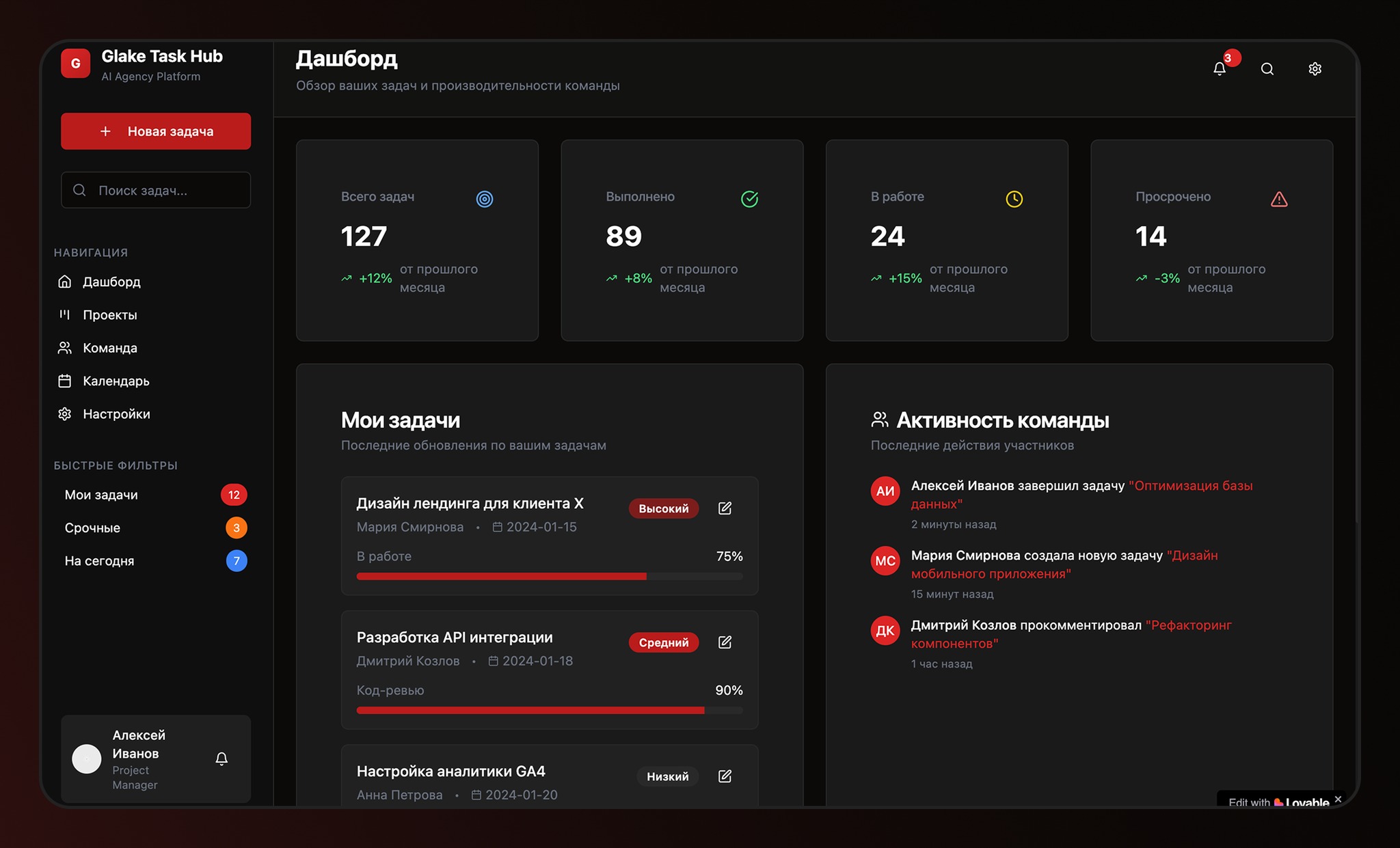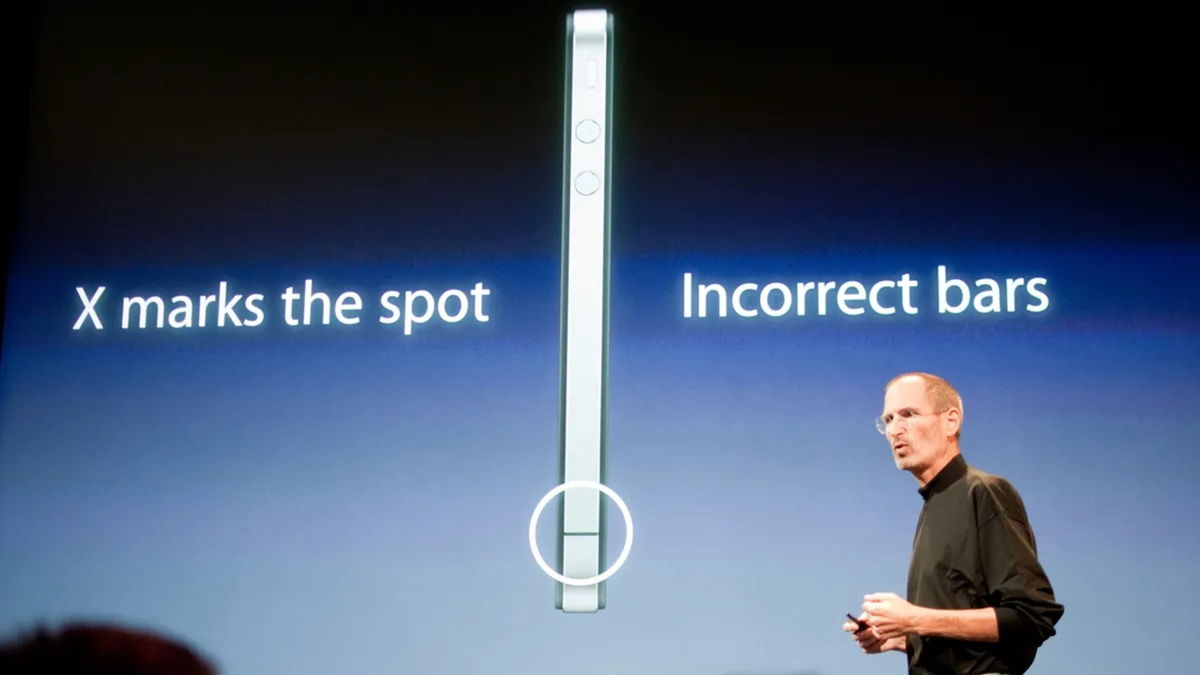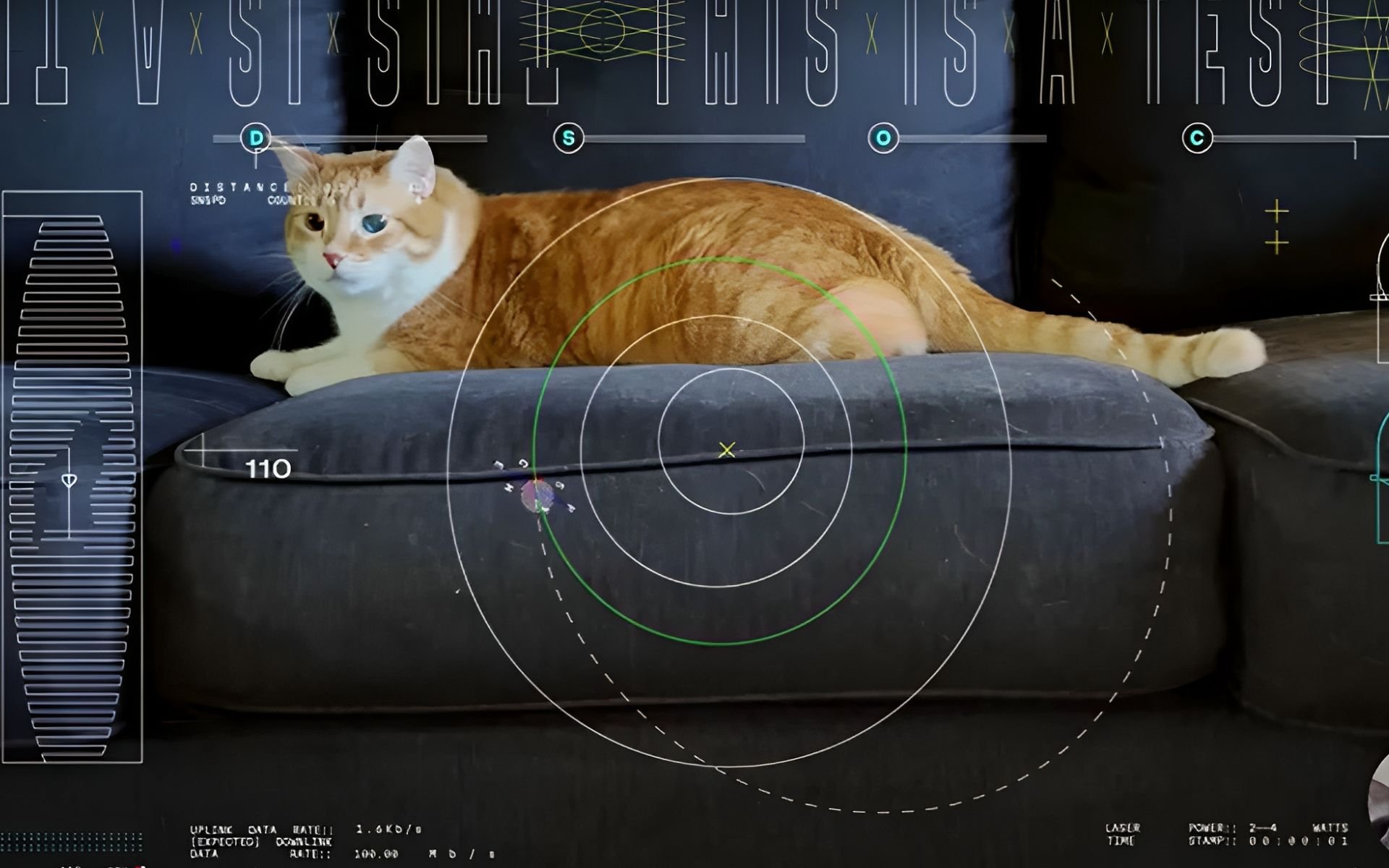NASA recently announced on its website the completion of an optical communications experiment conducted from deep space that broke all transmission transmission distance records. Broadcast directly from the Psyche spacecraft, approximately 31 million kilometers from EarthIn an ultra-high-definition video, a cat named Taters is seen chasing after a laser pointer.
The broadcast is part of a technology demonstration that will send video and other data over very high bandwidth. According to NASA Deputy Administrator Pam Melroy, “increasing our bandwidth is critical to achieving our future exploration and science goals,” including human missions beyond Earth orbit.
The demonstration, which lasted just 15 seconds, was performed on a device called a flight laser transceiver. Short video sent at a maximum speed of 267 Mbps reached the Earth in 101 seconds. Working with near-infrared signals, the device sent the encoded laser to the Hale Telescope in San Diego, USA, which transmitted the frames to NASA’s Jet Propulsion Laboratory for reproduction.
cat’s choice
Video Taters, the cat who lives with a JPL employeeIt was recorded and uploaded to the NASA space probe computer before Psyche’s launch on October 13.
In addition to Taters and his personal data, the video shows technical information about Psyche’s orbital path, the Palomar telescope dome, and the laser and data bitrate in the background.
The choice of the cat is not a coincidence but indicates a historical connection. According to NASA, a small statue of the popular cartoon character Felix the cat was seen in television tests conducted in the United States starting in 1928.
Ride-hailing laser communication tests in Psyche
The goal of the laser communications demonstration is to transmit data from deep space at increasingly higher speeds (between 10 and 100 times) than the radio frequency systems currently used in space missions.
Psyche is currently traveling to a unique asteroid of the same name as the ship, rich in metals and orbiting the Sun between Mars and Jupiter. As it gradually moved away from Earth, several randomly generated test data packets were hitchhiked.
“Although broadcast from millions of kilometers away, [Psyche] was able to send video faster than most broadband internet connections”, Ryan Rogalin, the project’s receiver electronics lead at JPL, said on the website.
To give you an idea, the internet signal the Palomar team used to transmit the video to JPL was slower than the signal from deep space.
Did you like the content? Stay up to date with more NASA curiosities like this at TecMundo and get the opportunity to discover things like how a cat wiped information from a server in the US.
Source: Tec Mundo
I’m Blaine Morgan, an experienced journalist and writer with over 8 years of experience in the tech industry. My expertise lies in writing about technology news and trends, covering everything from cutting-edge gadgets to emerging software developments. I’ve written for several leading publications including Gadget Onus where I am an author.












